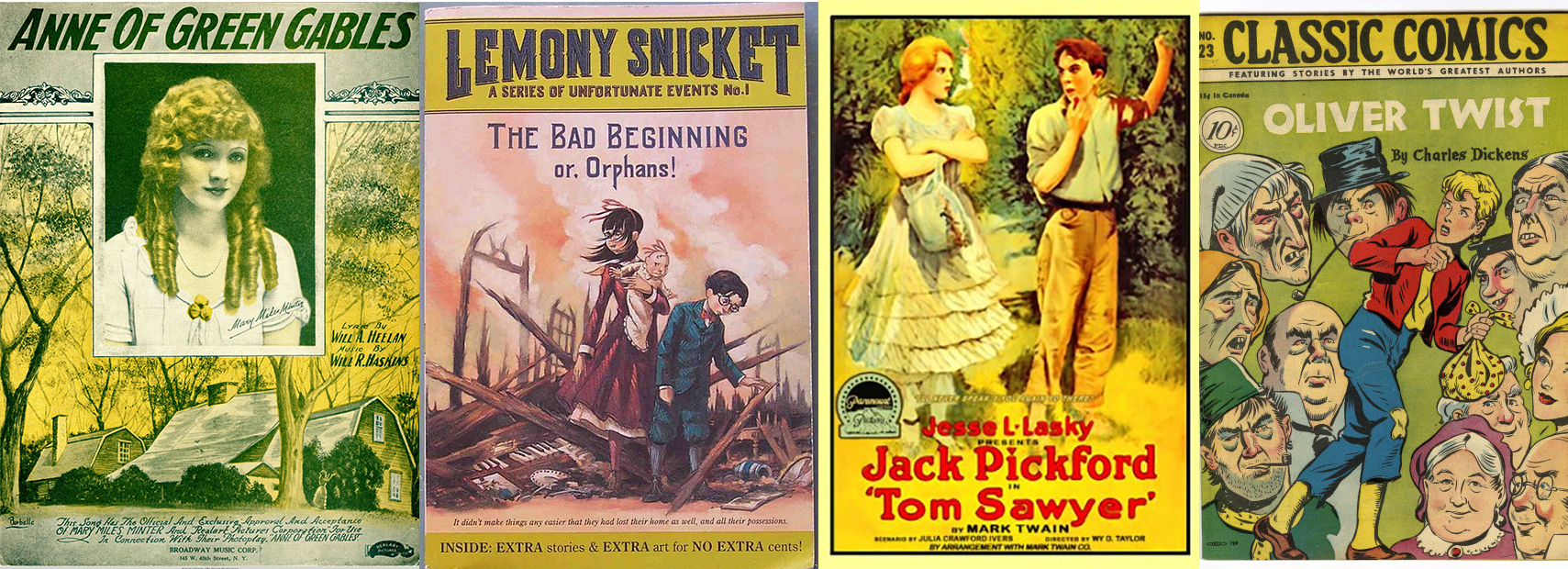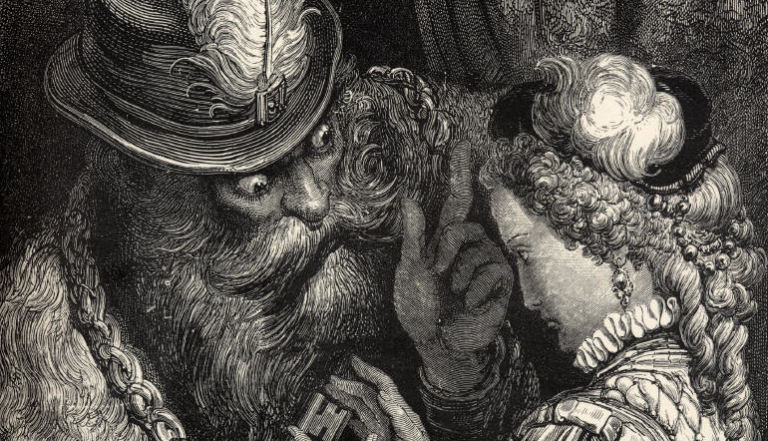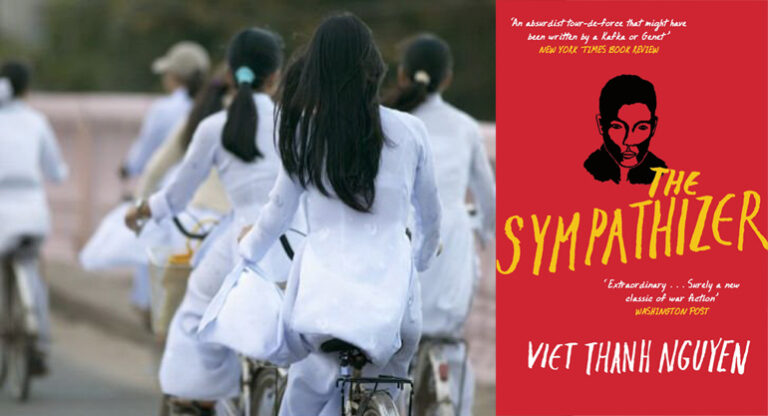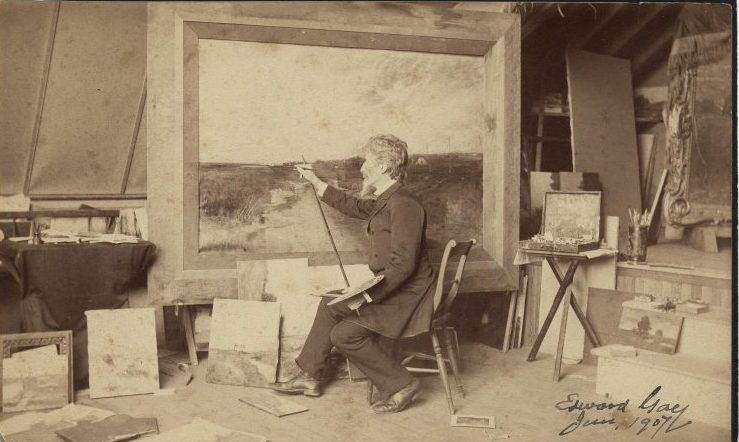Literary Blueprints: The Orphan

In the wide realm of literature, having parents is a convenience that escapes many characters. The Orphan is one of the most prominent characters in literature, in part because the absence of parental figures automatically fuels so many possible motivations.
Origin Story: Unlike some blueprints, which can be traced to Greek origins, the Orphan emerges from folktales. Children’s stories of varying cultures are teeming with Orphans—it is no coincidence that many fairytale characters find themselves without parents—perhaps the plight of the Orphan represents the ultimate isolation in not belonging to even a biological family unit. That Orphans turn up in children’s literature with regularity may speak to the loneliness that many children feel trying to navigate the world. The Orphan, particularly the Orphan Child, is the fear of neglect inherent in us all.
Characteristics: The Orphan, in many ways, represents what we as readers want in a character—an ordinary individual who overcomes adversity due to strength of character, wit, and guts. As exemplified in the examples below, most Orphans appear in books that bear their name as the title due to their primarily heroic roles. Because of his or her circumstances, the Orphan has gumption and solid values. How the character gets those values is sometimes questionable as few Orphans have strong parental figures. In fact, many are faced with abuse and mistreatment by the adults tasked with their care.
As a result, the Orphan becomes independent and resourceful. Like the Lost Boys of Peter Pan or the pickpockets in Oliver Twist, Orphans tend to gravitate towards belonging to a group, being part of a gang, so to speak. This need to belong and desire for camaraderie can lead to the Orphan being exploited or taken advantage of. However, it is this spirit of fair play that make the Orphan a strong leader. It also helps that most Orphans embark on a Quest; however, unlike the heroes who generally take on Quests in the Hero Cycle tradition, the Orphan may lack the physical strength to make him or her a warrior. Instead, the Orphan’s strength comes from within, essentially, to paraphrase The Merchant of Venice, the good soul in a weary world.
Famous Faces: It might be easier to list characters who aren’t orphans. Charles Dickens seems to have cornered the market with Oliver and the Artful Dodger (Oliver Twist), Pip (Great Expectations), David Copperfield (book of the same name), Sydney Carton (A Tale of Two Cities), and pretty much half the main characters in Bleak House.
If Dickens designed the British ideal of the Orphan, then Mark Twain created the American version with Tom in Tom Sawyer. Mary (The Secret Garden), Jane (Jane Eyre), Becky (Vanity Fair), Eppie (Silas Marner), and Anne (Anne of Green Gables) show that orphans aren’t just boys. Contemporary children’s literature brings us the unlucky Baudelaire orphans (A Series of Unfortunate Events) and perhaps the most famous modern orphan, Harry Potter. Even comic books love an orphan, as evidenced by Bruce Wayne, Peter Parker, and Kal-El (aka Superman).


